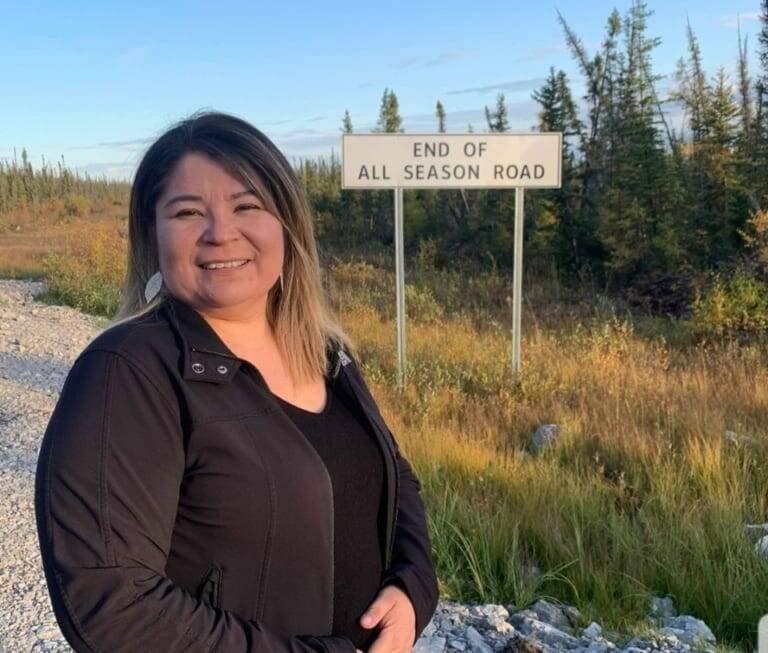As the territorial government’s Anti-Poverty Roundtable shines a light on housing and homelessness, the NWT’s minister responsible for housing says the solutions to these chronic problems lie in working with the smaller communities.
Housing and homelessness was the theme of this year’s forum on May 3 and 4 in Yellowknife, which featured MLAs, non-governmental organizations, representatives of Indigenous governments and other stakeholders. Last year, the theme was food security.
Housing remains a deep-seated issue in the NWT: a report published in June 2021 by the NWT’s Standing Committee on Social Development found that 43 per cent of residences in the NWT had a least one significant problem. The territory’s smaller communities suffer the brunt of these problems. The report also found that in the 29 smaller NWT communities, 50 to 77 per cent of homes were in need of major repairs.
In addition, the City of Yellowknife’s 2021 point-in-time homeless count found that 312 people in the capital city were homeless, representing about 1.5 per cent of Yellowknife’s population.
In speaking with the media during the second day of the forum, Paulie Chinna, the minister responsible for Housing Northwest Territories, said she wouldn’t characterize the situation as a “failure” of services in either Yellowknife or the smaller communities. However, she stressed that the solutions to these problems lie in working with the smaller communities.
“I think it would be more (about) looking at our resources that are available at the smaller community level,” she said. “One of the things I really, really emphasize is partnership, and working with the Indigenous governments as well, too, and trying to find solutions that would better meet the needs of the people of the Northwest Territories.”
This approach is backed up by the City of Yellowknife’s most recent homeless count, which found that 93 per cent of those who were homeless in the city had migrated from elsewhere. In addition, 66 per cent of respondents said their home community is in the NWT.
Poverty reduction targets
Also on May 4, Health and Social Services Minister Julie Green said she intends to renew the three-year anti-poverty strategy that expires this year. Although the 2019-‘22 strategy includes goals for things like improving services and introducing new ones, it doesn’t include targets for reducing poverty, or related measures like homelessness. Green said she couldn’t say why the 2019-‘22 strategy didn’t include these targets. She was still a regular MLA when it was drafted in 2019.
“Government is generally risk averse and concerned about setting targets that they can’t meet, so maybe that factored into it,” she said.
However, she acknowledged that it would be useful to include these measures in the next anti-poverty strategy.
“I think there’s some advantage to doing that, because it does give you a tangible goal to strive for. So that’s something that we’re going to want to consider, I think, going forward,” Green said.
